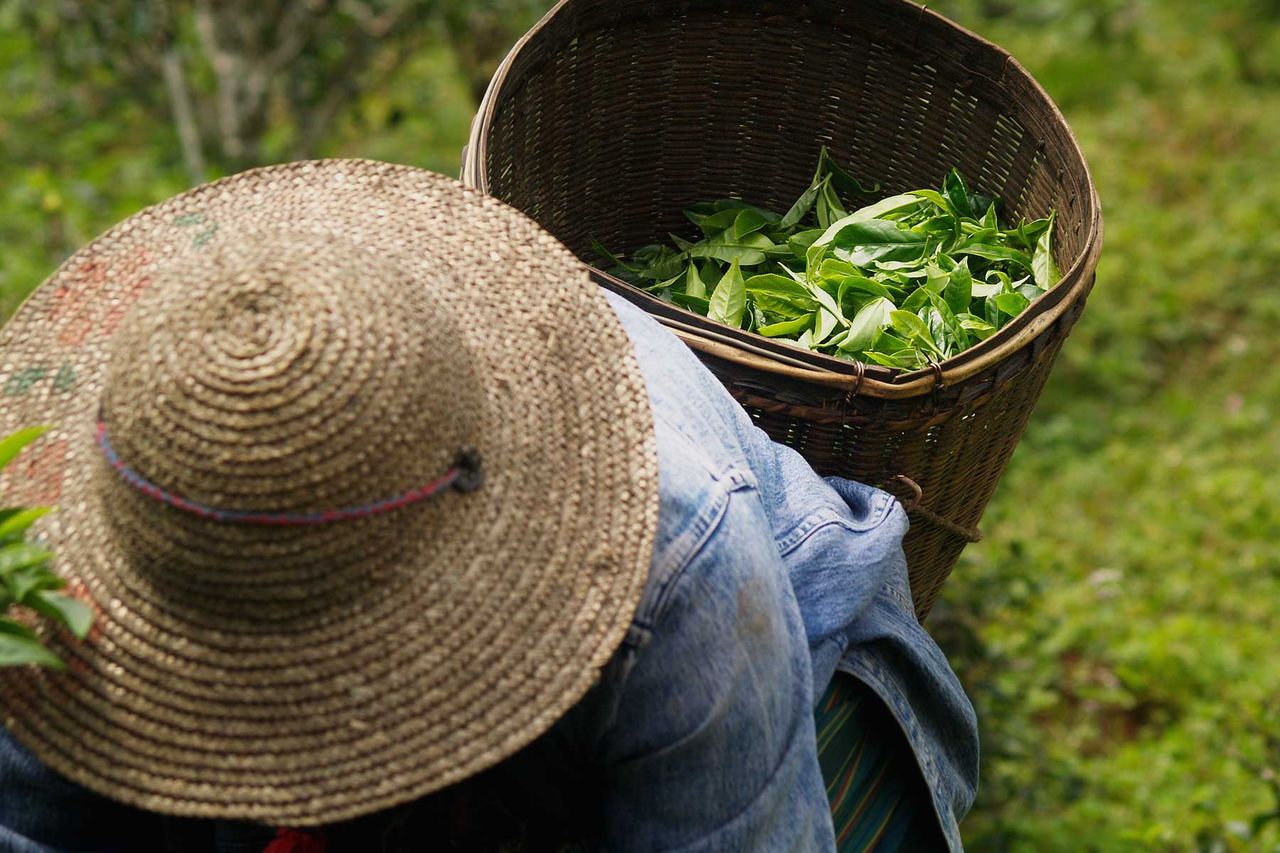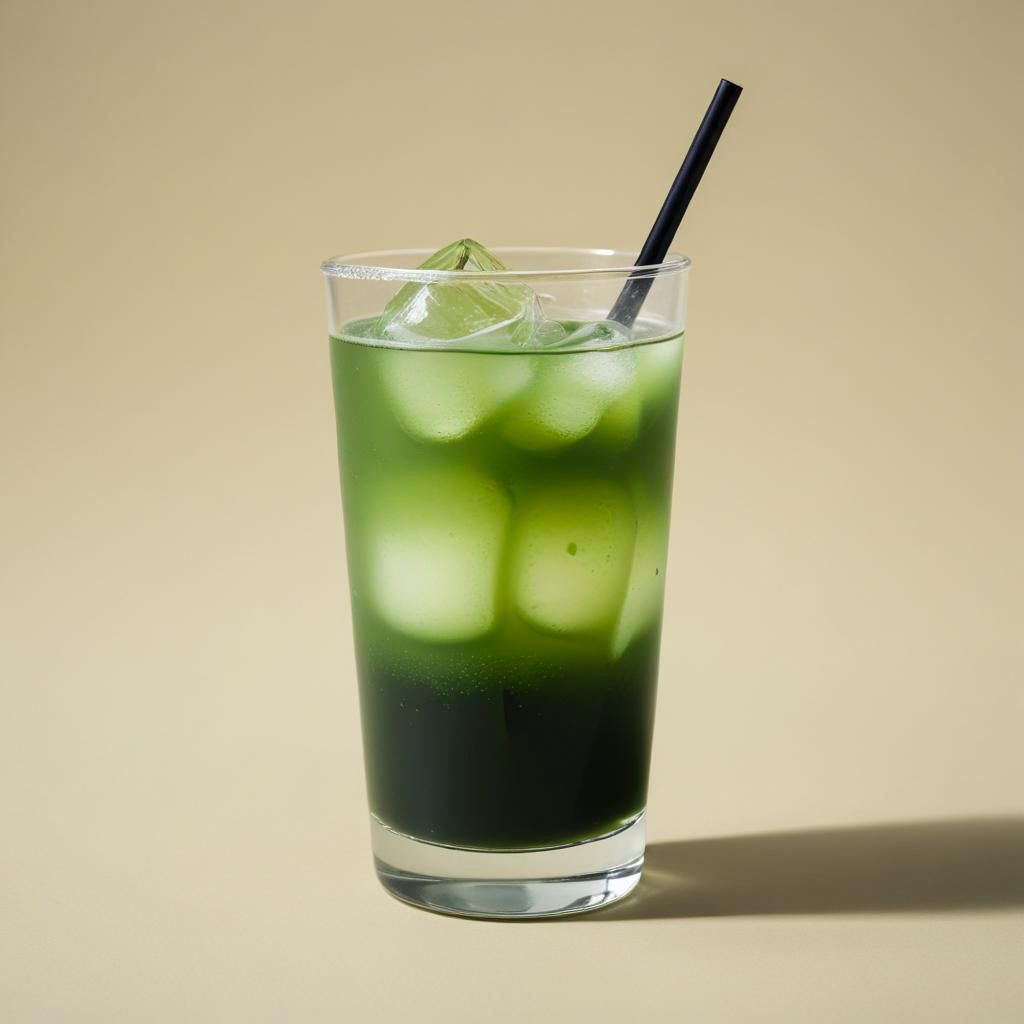I truly enjoyed this little tea house. The ambience and decor are lovely. The products are high quality and the service was efficient and friendly.
My favorite hojicha for iced lattes. It has a bit of grainy texture but the flavor is nice and strong which is hard to find, and tastes almost like a smoky, dark chocolate. It forms a beautiful dark brown color, so it’s very pretty. My favorite brand!




